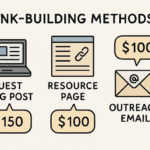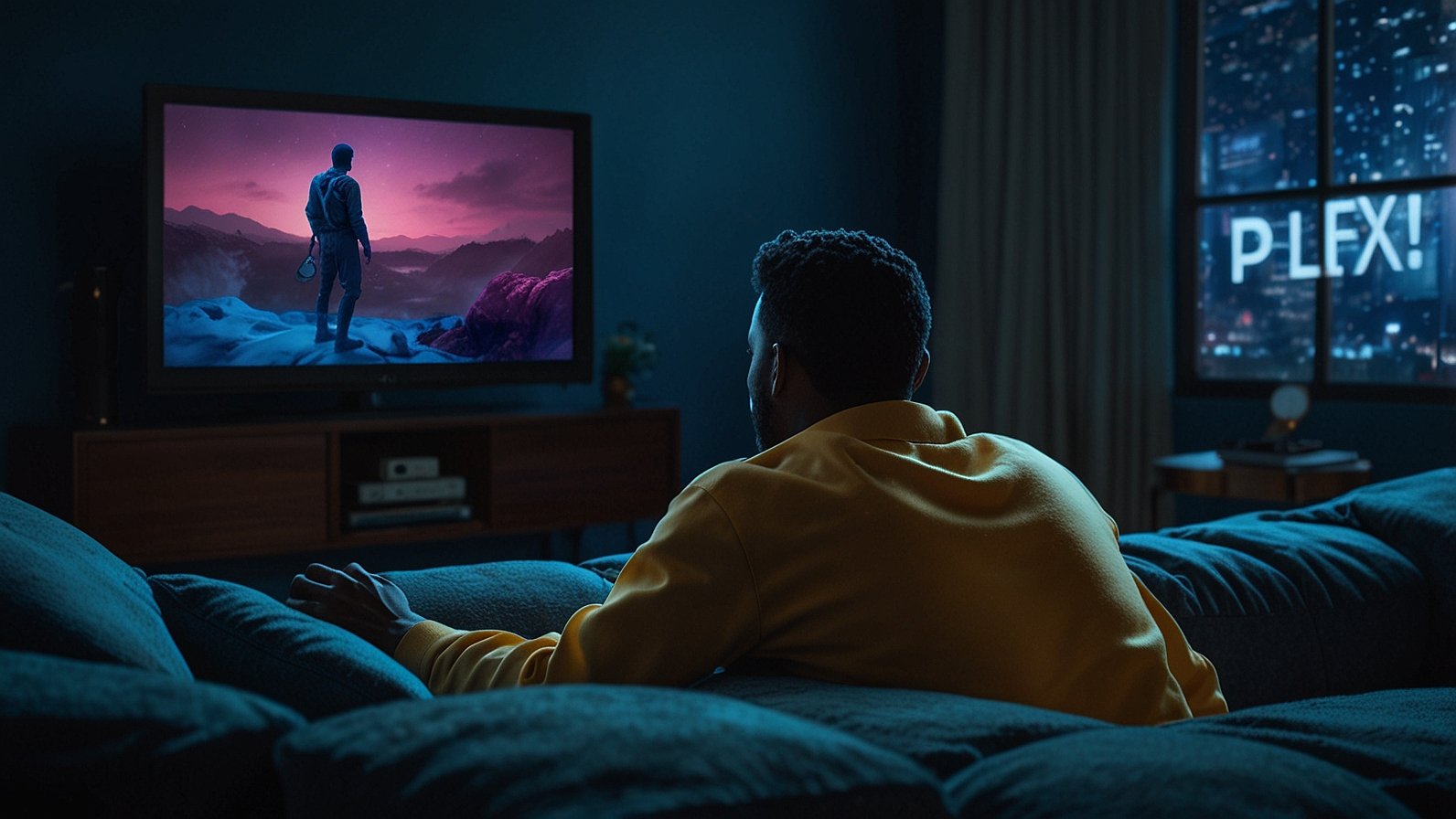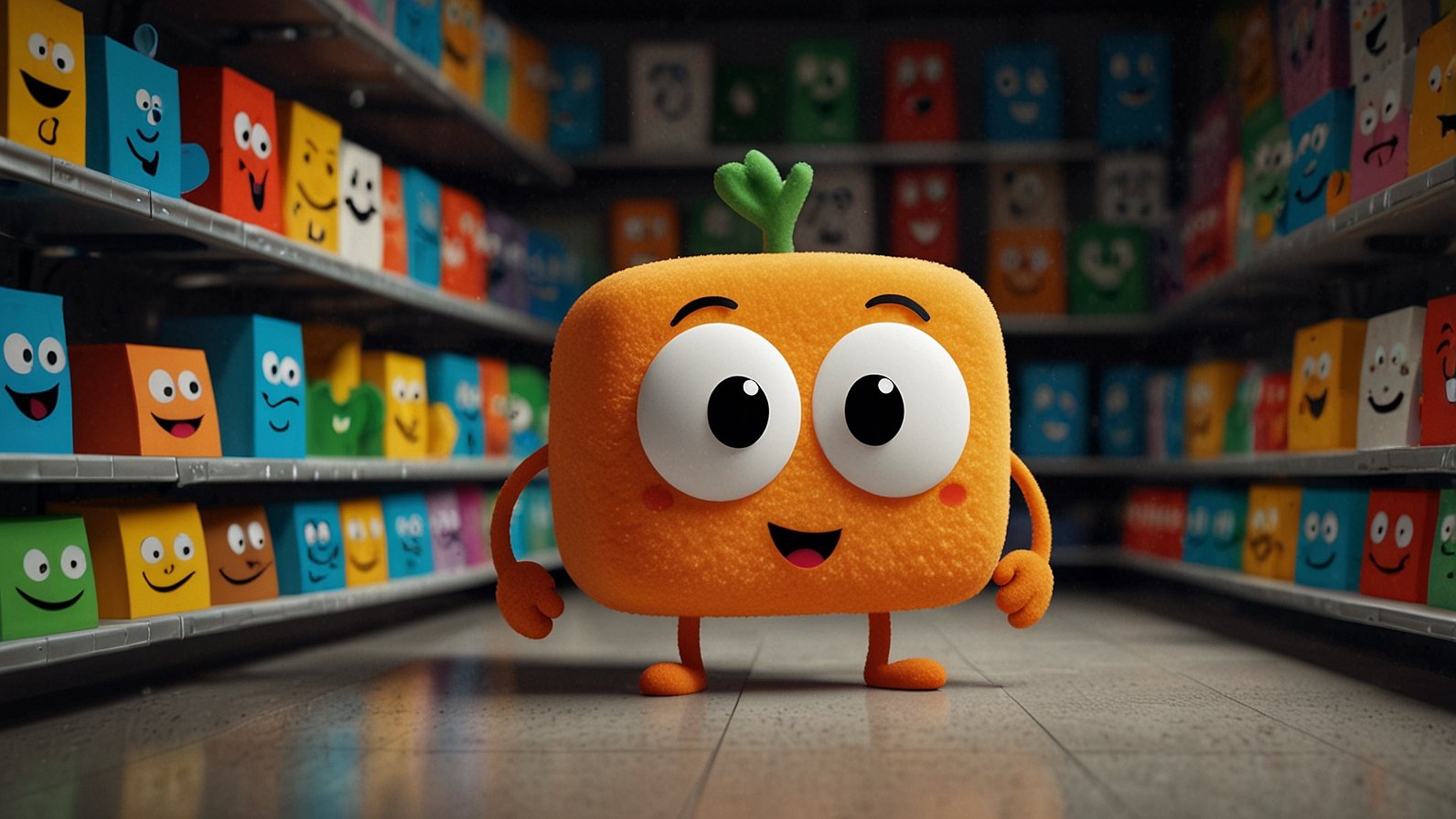Remember the sheer, uncomplicated joy of a well-placed pixel? The satisfying thwock of a digital paddle, the shattering of a line of colorful bricks, and the panic of a ball careening toward the abyss? For millions in 2013, this wasn’t a memory from a dusty attic—it was happening right in their browser. They typed two words into Google Image Search and suddenly, their screen transformed. They weren’t just searching; they were playing. This was the magic of the Google Block Breaker Easter egg, a brilliant slice of digital nostalgia that, while officially retired, left an indelible mark on the web and spawned a genre of modern clones that keep the spirit alive.
Introduction to the Google Block Breaker Phenomenon
So, what exactly was it? The term “Google Block Breaker” doesn’t refer to a single, official game from Google. Instead, it’s the best way to describe the playable experience that appeared when you searched for “Atari Breakout” in Google Images. In an instant, your image results—pictures of cats, vacation photos, news headlines—morphed into rows of multi-colored bricks. A paddle materialized at the bottom of the screen, and a single ball awaited your launch. You were now playing a version of Breakout, one of the most influential arcade games of all time, using the internet itself as your playground.
This wasn’t just a clever trick; it was a masterclass in brand personality. It was Google saying, “We know our history, and we have a sense of fun.” The Easter egg became an instant viral sensation, covered by tech blogs and shared across social media, celebrated as one of the coolest and most accessible secrets the search giant had ever hidden in plain sight.
How the Original Google Easter Egg Worked
The mechanics were beautifully simple, a direct homage to the 1976 Atari original, which was itself co-designed by a young Steve Jobs and Steve Wozniak.
- The Setup: You went to Google.com, clicked on “Images,” and typed “Atari Breakout” (and later, just “Breakout”) into the search bar.
- The Transformation: Upon hitting enter, the page didn’t show images. Instead, it executed a line of code that repurposed the first several rows of image thumbnails as bricks. Each “brick” was a tile from an image search result.
- The Gameplay: You controlled a paddle at the bottom of the screen using your mouse or trackpad. Your goal: bounce the ball off the paddle to break all the bricks without letting the ball fall. It was a perfect, five-minute distraction built right into the workday.
The genius was in its dynamism. Because the bricks were made from live image search results, the “game board” was different every single time you played. A search for “puppies” created a wall of adorable, destructible bricks, while a search for “supernova” offered a cosmic playing field. This endless variability was a huge part of its charm.
Why We Can’t Let Go: The Enduring Appeal of Block Breaker Games
Why does this simple concept, now nearly 50 years old, still resonate so deeply? The Google Block Breaker Easter egg tapped into something fundamental about great game design.
- Pure, Uncomplicated Fun: In an era of 100-hour open-world epics and complex competitive shooters, block breaker games are digital comfort food. The rules are learned in seconds, and the objective is immediately clear. It’s a satisfying feedback loop of action and reaction.
- A Hit of Nostalgia: For those who grew up in the ’70s and ’80s, it’s a direct link to childhood arcades and early home consoles. For younger players, it’s a fascinating and fun glimpse into gaming’s minimalist roots.
- The Perfect Time-Waster: It’s the ideal game for a short break, a phone call on hold, or waiting for a download to finish. It requires just enough attention to be engaging but not so much that it’s stressful.
The removal of the original Easter egg around 2017 (though it occasionally pops up in other forms, like Google Maps’ Pac-Man) only added to its legendary status. Its absence created a vacuum, and nature—or in this case, the internet—abhors a vacuum.
The Legacy Lives On: Modern Block Breaker Clones and Apps
The original Google Block Breaker may be gone, but its digital DNA is everywhere. The web and app stores are now filled with spiritual successors that capture the same essence, often adding new twists and features.
You can broadly categorize the modern incarnations into a few types:
| Type | Description | Example |
|---|---|---|
| Web Browser Clones | Simple, free versions that run directly in your browser, no download required. Perfect for a quick fix at work or home. | Sites like BrickBreaker.com or free online arcades. |
| Mobile App Successors | Full-fledged apps for iOS and Android that often include power-ups, level progression, and sleek graphics. | Apps like “Brick Breaker Star” or “Shatter.” |
| Premium Reimaginings | Games that use the core mechanic as a foundation for something entirely new, like the critically acclaimed Peggle. | Peggle, Arkanoid vs. Space Invaders. |
These games prove that a great mechanic is timeless. They’ve taken the simple paddle-and-ball concept and expanded it with:
- Power-ups: Lasers, multi-balls, paddle extenders, and sticky paddles.
- Dynamic Levels: Moving bricks, obstacles, and bosses.
- Stunning Visuals and Soundtracks: Transforming the simple aesthetic into a sensory experience.
How to Get Your Block-Breaking Fix Today
Want to relive the experience right now? It’s easier than ever. Here’s your quick start guide:
- The Web Search: It’s always worth a try! Go to Google Images and type in “Atari Breakout” or “Breakout.” While the classic version is mostly retired, Google has been known to briefly resurrect it for anniversaries or special events. You might get lucky.
- Dive into App Stores: Search for “breakout,” “brick breaker,” or “arkanoid” in the Apple App Store or Google Play Store. You’ll be met with dozens of high-quality options, both free and paid. Read the reviews to find a highly-rated one that suits your style.
- Online Arcade Sites: Numerous websites are dedicated to free classic games. A quick search for “play breakout online” will lead you to portals where you can start playing instantly in your browser.
The barrier to entry is virtually zero. Within minutes, you can be right back in that zen-like state of focus and destruction.
Key Takeaways and Your Next Move
The story of the Google Block Breaker is more than just a fun tech anecdote. It’s a testament to how a little whimsy can create a massive positive impact. It reminded us that technology, at its best, can be both incredibly powerful and delightfully playful.
The core tenets of its success are a lesson for anyone: simplicity, nostalgia, and accessibility are a potent combination. The Easter egg is gone, but the genre it helped revitalize is thriving. The next time you have five minutes to spare, skip the endless social media scroll. Instead, find a block breaker game and treat yourself to a perfect, satisfying burst of analog joy in a digital world.
So, what will you try first? A quick browser game or a deep dive into a modern app? Either way, a world of shattering bricks awaits.
You May Also Read: Ciulioneros: Are Lithuania’s Ancient Folk Rhythms Your Next Musical Obsession?
FAQs
Can I still play the original Google Breakout Easter egg?
For the most part, no. The classic version that transformed Image Search results has been officially retired. However, Google sometimes temporarily re-enables it for special occasions, so it never hurts to try the search now and then.
What’s the difference between Breakout, Arkanoid, and Block Breaker?
- Breakout is the original 1976 Atari arcade game.
- Arkanoid is a hugely popular 1986 sequel from Taito that introduced power-ups, level variety, and enemies, defining the modern genre.
- Block Breaker is a more general term now used for any game in this style, popularized by Google’s Easter egg and countless mobile apps.
Why did Google remove the Breakout game?
Google never officially stated a reason. It’s likely due to the ongoing evolution and modernization of its search products. Easter eggs are often temporary features, and maintaining them can be difficult as the underlying code of a massive platform like Search changes.
Are the mobile “Brick Breaker” games free?
Many are free to download and play, supported by ads or optional in-app purchases for power-ups or extra lives. There are also premium paid apps that offer a one-time purchase for a full, ad-free experience.
What’s the best strategy for these types of games?
Aim for the top! The most efficient strategy is to angle your shots to get the ball “behind” the brick layers, allowing it to bounce around and break multiple bricks from the top down. Also, always prioritize catching power-ups.
Did Steve Jobs really work on the original Breakout?
Yes! In 1976, Atari assigned Steve Jobs to design the original Breakout arcade game. He brought on his friend Steve Wozniak, who famously designed the entire circuit board in a stunningly low number of chips. This partnership was a key moment in their pre-Apple history.
Are there any other Google Easter eggs like this?
Dozens! You can search for things like “do a barrel roll,” “askew,” “recursion,” or “festivus” to see other fun interactive and visual surprises hidden in Search. The Pac-Man game on Google Maps on April Fool’s Day is another famous example.


















